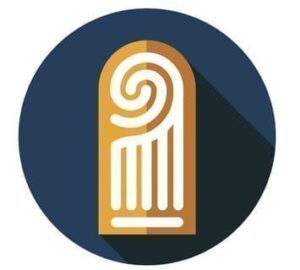
Futronic has officially released the VS80 USB2.0 Finger Vein Scanner, a new sensor that uses infrared light to authenticate users with finger vein biometrics. According to Futronic, the VS80 was designed to filter out “background noise” in finger vein images, allowing for more accuracy and a higher level of security.
The USB scanner is compatible with a range of different operating systems, including Windows, Linux, MacOS and Android. Customers who purchase the device will also receive the FinLogon software platform, which allows users to log into Windows with fingerprint or finger vein authentication.
“The finger vein scanner is a natural extension of our current family of fingerprint scanners,” said Futuronic Marketing Director YM Jiang. “This new device gives our worldwide customers a choice for more secure biometric technology.”
While palm vein authentication has garnered more headlines in the past few years, finger vein authentication is highly secure and has turned up in a number of different settings. A Chinese bank leveraged the technology for identity verification at ATMs, for example, while UK supermarkets have used it to explore the possibility of naked payments.
The Futronic USB scanner brings finger vein authentication to home computers. If it catches on, it could make people more comfortable with finger vein biometrics for other applications.
–
August 28, 2019 – by Eric Weiss
Vein recognition, otherwise known as vascular biometrics, refers to technology that measures parts of a subject’s circulatory system which is as unique to her as a fingerprint. Segmented into different sub-modalities, vascular biometrics solutions use optical scanning technology to capture vein images in your palm, finger, or eyeball.
Because of the sub-dermal nature of veins, vascular biometrics are considered to be a highly secure modality. Whereas other types of biometrics, particularly where the cheaper consumer grade is concerned, have proven vulnerable to presentation attacks, vein patterns are virtually un-spoofable, especially considering that some vein readers require scanned veins to have blood flowing through them. Learn more on FindBiometrics’ Vein Recognition page.





Follow Us